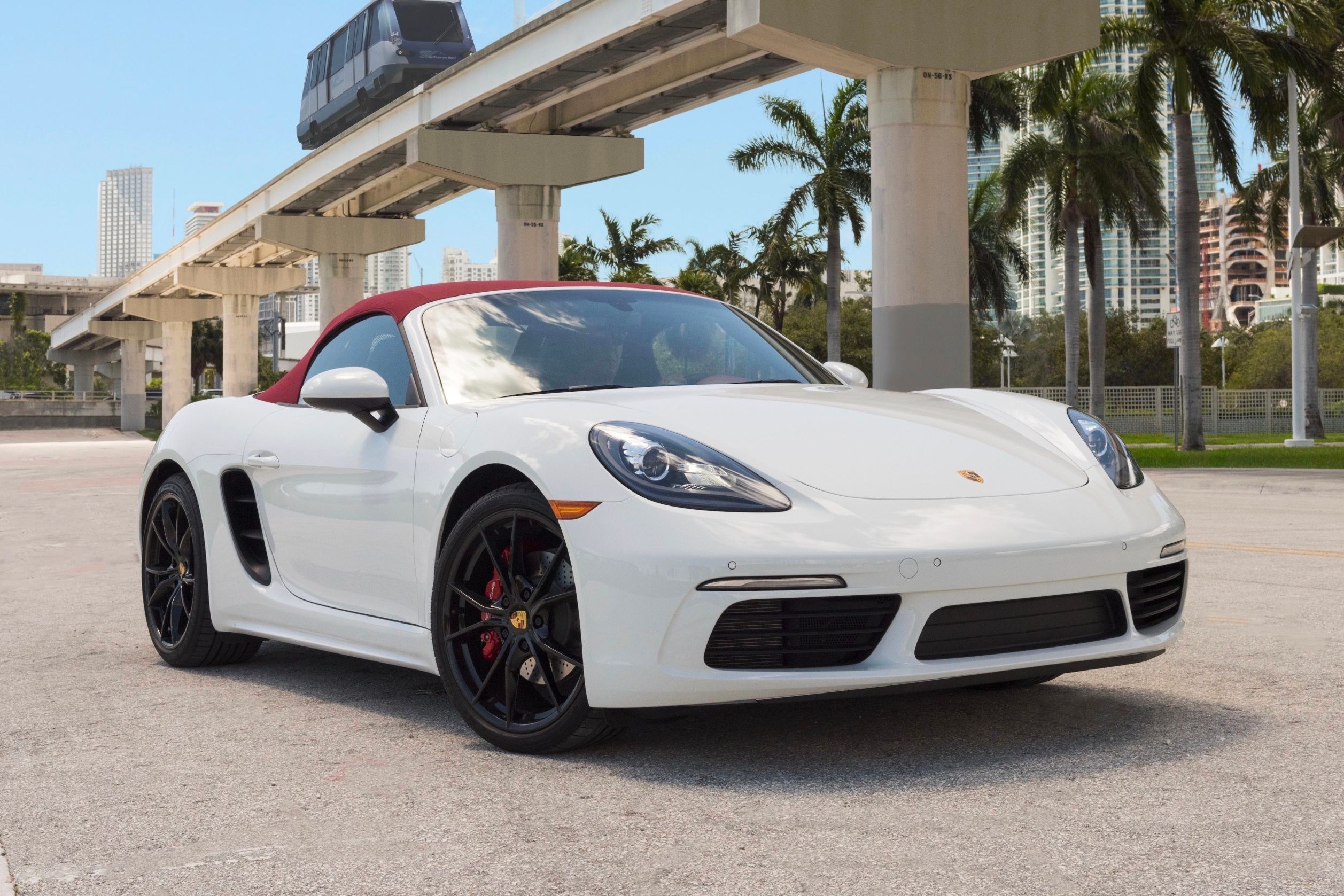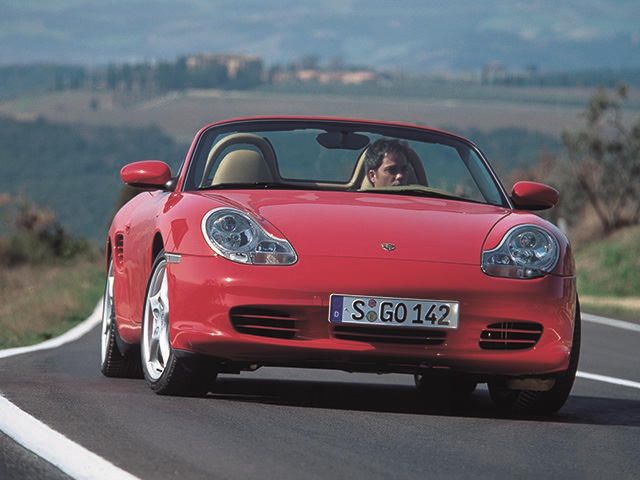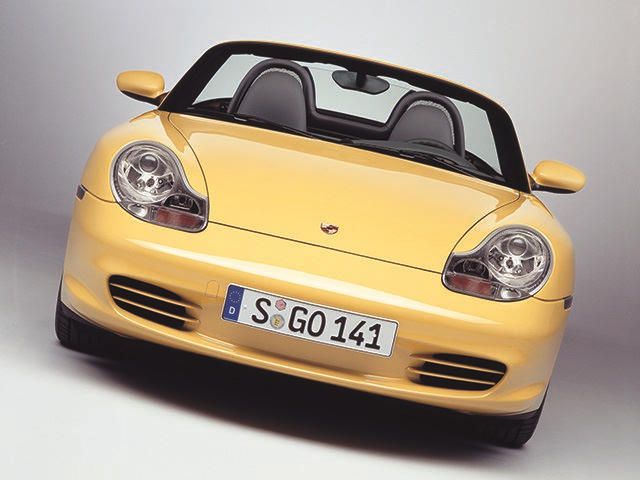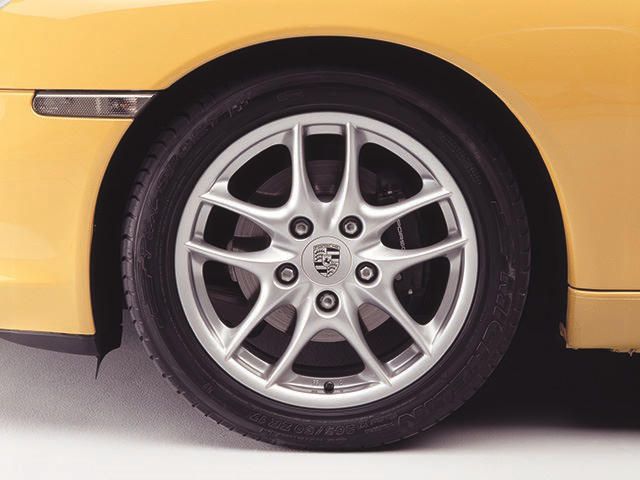
If you're a fan of keeping track of motoring-related birthdays and anniversaries, then you'll probably have your calendar for 2016 already filled with important date reminders. This year, for instance, marks 40 years since the first ever Volkswagen Golf GTI rolled off the production line, 50 years of being awed by the beautiful Lamborghini Miura and a century since the company we now know today as BMW was formed. However, there's one anniversary in particular we'd like to commemorate: the 20th anniversary of the Porsche Boxster.
Nowadays, we see the Porsche Boxster as a car that's comfortably ridden the waves of critical and commercial success. After all, for the dedicated driving enthusiast, there are only a handful of cars that can claim to be legitimate rivals to the Boxster, and even less with the handling finesse the Porsche is renowned around the world for. However, two decades ago, the Boxster was seen by quite a few as a last ditch attempt to draw in some cash. By the early 1990s, Porsche had found itself in a bit of a pickle, with a huge crux of that down to how inefficient it was as a car maker.
Word is that, when Toyota was brought on board to offer solutions, it's conclusive advice to Porsche was to basically overhaul its entire car manufacturing process. With the benefit of hindsight, it's possible to see where some of these efficiency gains were made in the very first Porsche Boxster - the headlights, doors, hood and interior would all later be shared with the 996-series of Porsche 911. Likewise, the basic architecture of the engine that powered the first-generation Porsche Boxster from launch (a 2.5-liter flat-six with 201 hp) would also be used to underpin the motors that would eventually find their way in the back of the fourth-generation 911.
Put simply, the Porsche Boxster was very much a car that was built on a budget and with stringent cost saving measures in mind - even though, in today's money, the first-gen Porsche Boxster would retail for roughly $60,000.
It seems, though, that Porsche was willing to spend the limited money it did have on perhaps the most crucial aspect of any sports car: how it handles. Flick through any period magazine reviews and road tests, and you'll constantly be met with the same conclusive verdict that the Porsche Boxster was a terrific drivers' car. Yes, the early models do feel a bit rough and weedy by today's standards (especially when compared with standard Boxsters built from 2000 onwards, which came with a 2.7-liter flat-six that produced 217 hp), but it's still a pleasantly involving and relatively brisk convertible that, even today, can show some mid-range roadsters currently on sale a thing or two about handling balance and driver involvement.
The Boxster variant that truly put the entry-level roadster on the map, though, was the 'S' model. Like the 2.7-liter engine option, the flagship Boxster was introduced at the dawn of the new millennium, but did come with a few meaty upgrades over the standard car. All 248 hp, for instance, came from a new 3.2-liter flat-six, and the extra cog in the manual transmission (the basic Boxster and all models fitted with the Tiptronic automatic came with five gears) meant it was faster in a straight line as well. Having more ratios also meant you could make the gears shorter, which helped the Boxster S to become the first mid-engined Porsche road car since the 904 GTS from 1963 that could crack the 0-60 mph sprint in under six seconds.
Over the course of its eight-year life, the Porsche Boxster would be constantly fettled and improved - suspension was tweaked, exhaust systems were made more efficient, new steering wheels and alloy designs were offered, and so on. These changes all culminated in the subtle facelift of 2003, which was topped off by power upgrades for the standard Boxster and the Boxster S (to 225 hp and 258 hp respectively). By this time, though, the Porsche Boxster was looking a bit outdated - not only were fresh faced rivals like BMW's first-generation Z4 stealing its thunder, but new and exciting Porsches like the Carrera GT supercar were previewing a new future for the company that the ageing Boxster simply wouldn't be a part of.
But the first-generation Porsche Boxster was arguably the car that guaranteed that future in the first place. Not only did it help revolutionize Porsche's production process, but the huge sales success of the car (at its peak, roughly 1,000 Boxsters were being sold annually in the United States alone) rescued the company from the brink of financial ruin. As such, the successor to the Boxster had pretty big boots to fill, and we wouldn't catch our first glimpse at what this replacement car would be until the 2004 Paris Motor Show.



